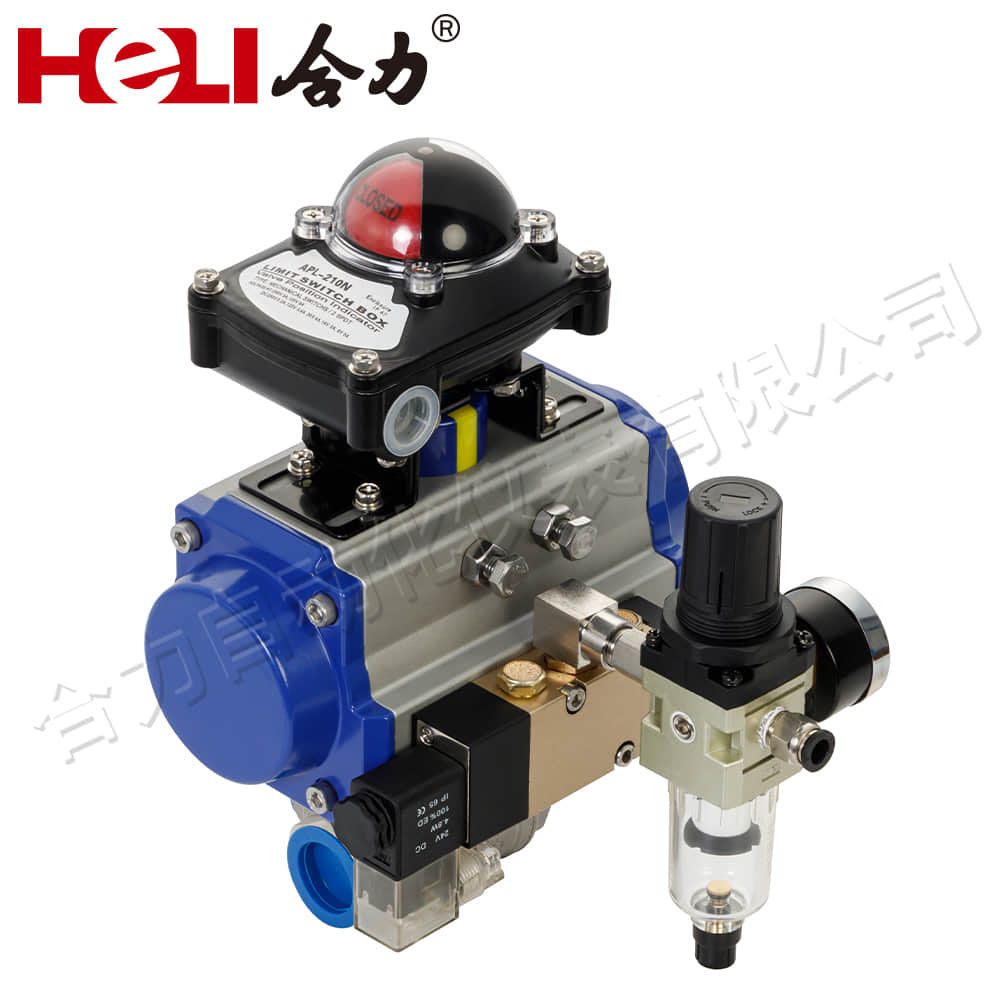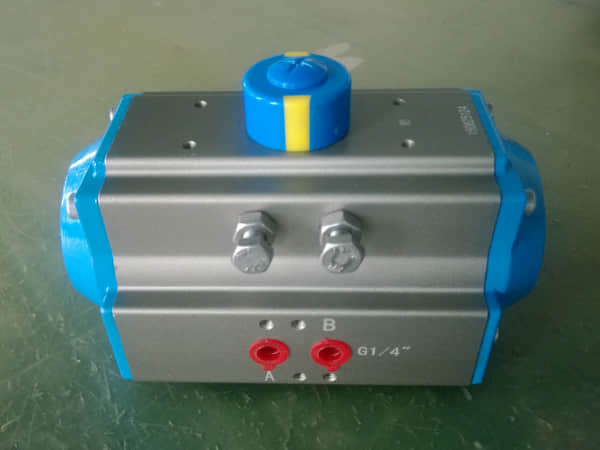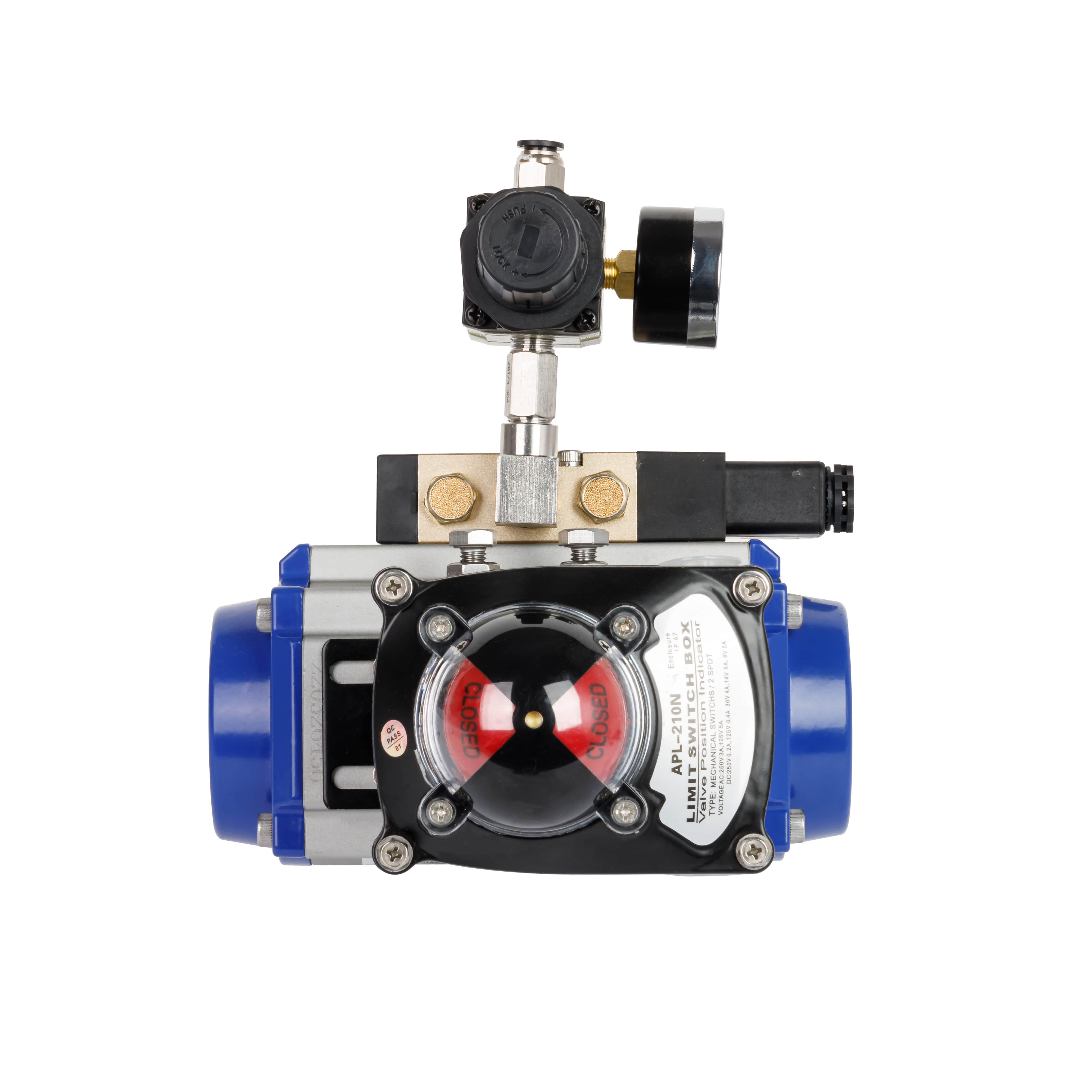
Pneumatic actuators are a critical component in modern automation systems, utilizing compressed air to produce mechanical motion. These devices play a significant role across various industries, including manufacturing, automotive, and aerospace, due to their efficiency, reliability, and versatility.

A pneumatic actuator operates by converting the energy of compressed air into linear or rotary motion. The actuator typically consists of a cylinder, a piston, and a rod. When compressed air is introduced into the cylinder, it pushes the piston, which in turn moves the rod. This simple yet effective mechanism allows for precise control of movements and forces. The primary advantage of pneumatic actuators lies in their ability to provide rapid, repetitive motion with minimal maintenance requirements.

